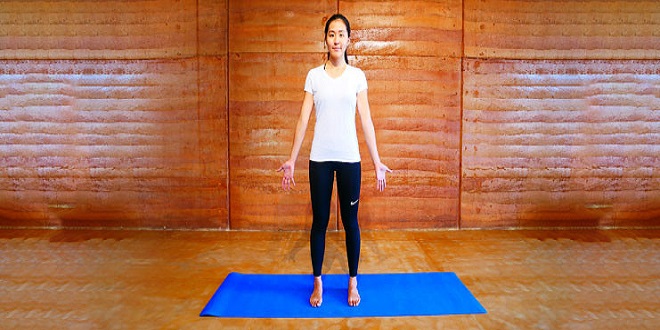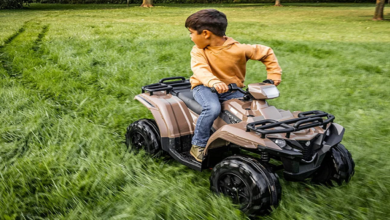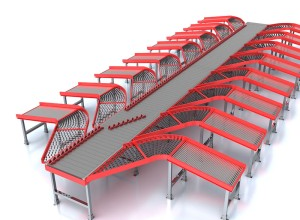
Different from the posture in that in the good posture we cannot move in either direction with equal ease. Throughout this we will bring up the idea of optimal body organization again and again. We will also talk about body organization when we talk about emotions since each emotion has a different body organization. Think about the slouched posture of a depressed person or the upright posture of someone who is proud and uplifted.
In yoga, good examples of this are how we organize our body in warrior 1 and warrior 2. We have a strong stance; we organize ourselves so that we are grounded and strong. Arms are up, the head is aligned with the spine, and the gaze is focused. We have organized our bodies so that we feel strong. Compare this to a child’s pose, where we are curled up, belly towards the ground. We feel safe and nurtured in that body organization. Body organization is more than posture. It is the pattern of the whole body that allows us to move efficiently in any direction, but we can also use body organization to evoke certain emotions.
Slow Movement
When you learn a new movement it is important to perform it slowly so that the nervous system can fully sense the action. Sensors called proprioceptors to tell us where we are in space. Proprioceptors provide information to the CNS about muscle length, tension, and joint angle. The CNS uses this information about where the body is in space to determine which muscles to use for stability or mobility, which ones to lengthen, and which ones to shorten. With repetition, this stored information can be readily used in the future to avoid injuries when the body is organized in the same way and in the same context.
The CNS has learned what to do and can send the same orders quickly. Conversely, if the movement is performed quickly during the learning phase, the CNS will not register it in the same way and might not be able to react as quickly the next time the body is organized in the same way. Even movements that are performed quickly need the initial slow practice. In martial arts such as tai chi, movements are performed slowly but can eventually be used at full speed in combat. Once the timing and procedure of the movement have been mastered in a slow fashion, you can pick up the pace and eventually do it at full speed.
Balance
In this context, balance is closely related to controlled reversibility and slow movement. Without balance, reversibility and slow movement are impossible to perform. Many times people cannot move in a slow or reversible way because of poor balance. So what is balance Most people think of balance as being able to maintain a posture in a steady manner, but the balance can mean many things. When we are learning a movement, we do not produce it perfectly right away. In the cognitive and associative stages, we likely lose stability, fail to perform the movement in an aesthetically pleasing way, or are ineffective in our judgment and decision of how to produce the action.
Last word
Despite this, can you still maintain balance That is, can you maintain mental and emotional stability when you lose your physical balance Can you decide to try again If you can, then you are maintaining balance. If you believe that you will lose your balance every time you can’t maintain a posture, it is easy to get discouraged and stop trying to learn new movements.
In the Yoga Sutras, yoga is defined as quieting the waves of the mind, and maintaining mental and emotional stability. That internal stability is related to balancing the body. As a movement characteristic, let us maintain this wider definition of balance.
Naa Songs provides a comprehensive collection of the latest and classic music tracks. With easy access and high-quality downloads, music lovers can enjoy their favorite songs anytime. The diverse range of genres ensures something for every listener. So, don’t miss out on the ultimate music experience at Naa Songs!





